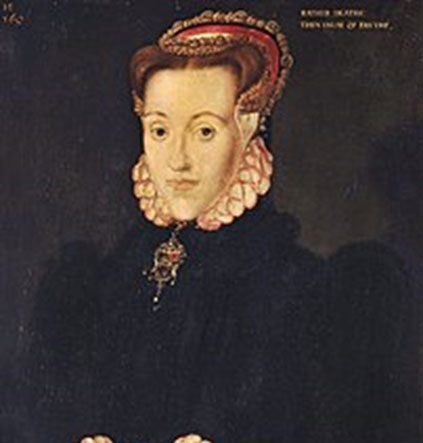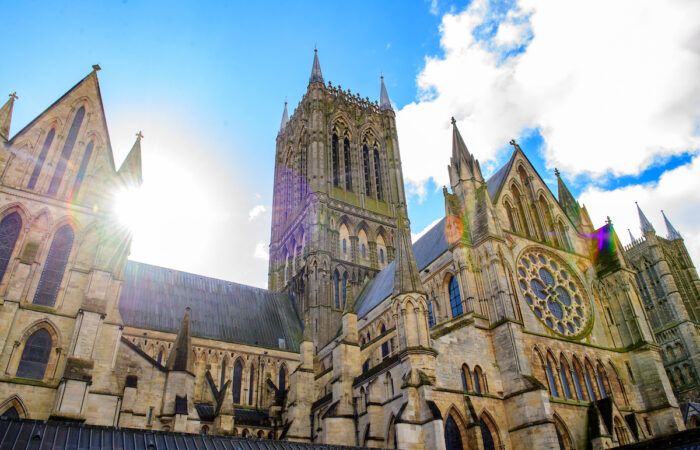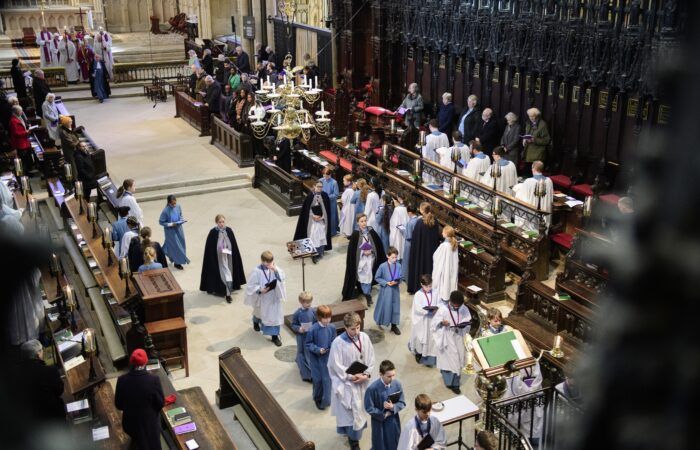On International women’s Day 2024, we are sharing the stories of just a few of the many inspiration women associated with Lincoln Cathedral and the surrounding close.
The stories below are just a glimpse into their lives, which we hope will inspire you to find out more about these great women from history.
Katherine Swynford
Katherine is probably the most famous woman associated with Lincoln Cathedral. Her fame stems from her position as an important ancestor of the British monarchy. Through her son, John Beaufort and her daughter, Joan Beaufort, whose father was John of Gaunt, Katherine became the ancestor of all English and British kings since Edward IV.
Katherine had a diverse and highly cultured education in the court of Queen Philippa of Hainaut. Records at the time reports that Katherine from her youth “knew court etiquette perfectly”, in addition, she was a skilled rider.
Katherine clearly was a strong and independent woman, with a clear sense of self and forged her own path. Unfortunately, as author Alison Weir notes ‘…no letter survives, no utterance of hers is recorded. None of her movable goods are extant…Her will is lost…She is famous but, paradoxically, she is little known’. However maybe her actions speak louder than any words could.
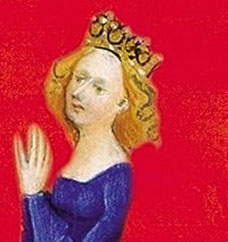
Joan Beaufort
Joan may most famously be known as the daughter of Katherine Swynford but in her own right she sought to further her families political and economic influence, while also develop a intellectual interest in contemporary theology and religion.
Joan had marriages Robert Ferrers, 5th Baron Boteler of Wem, then to widowed Ralph Neville, 1st Earl of Westmorland. She had sixteen children in total, fourteen to Ralph Neville. Joan used her connections and intelligence to ensure that her surviving children were married well. By the time of her death, Joan was the mother of an earl, three barons, a countess, three duchesses and a bishop.
In c. 1413 Joan invited the mystic Margery Kempe to the family home. Following the death of her husband in 1425, she furthered her patronage of literature and in c. 1430 Joan and her family were depicted by Pol de Limbourg in the Neville Book of Hours. In 1428 Joan undertook a religious pilgrimage and joined the Sisterhood of the Abbey of St. Alban’s, where she swore a vow of chastity.
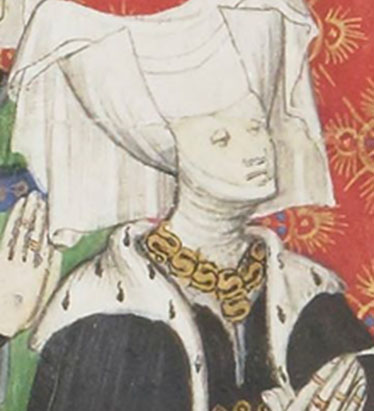
Elizabeth Wordsworth
Elizabeth, the daughter of Christopher Wordsworth, Bishop of Lincoln, was a pioneer and advocate for women’s education. She was the founding Principal of Lady Margaret Hall, Oxford in 1879 as a college for female undergraduates.
Using money she inherited from her father, she also founded St Hugh’s College in North Oxford, as a college for poorer female undergraduates unable to afford the costs of Lady Margaret Hall. Today this is one of the largest colleges in the University of Oxford.
She was a prolific author, writing poetry, plays, biographies and religious articles, as well as writing and lecturing on women’s education. She published the novels under the pseudonym of Grant Lloyd.
Elizabeth’s work has a lasting legacy in furthering women’s education, although she never sought notoriety for herself.

Ann Ryall
Ann married her husband Stephen Ryall in 1741. Stephen is recorded as the Cathedral plumber and glazier, alongside his brother, John.
Throughout this period records of Ann focus purely on her husband, with her marriage noted in the parish records of St Peter in Eastgate. However, upon the death of Stephen, Ann appears in the Cathedrals accounts as Cathedral Glazier and Plumber. The accounts only mention the heads of each works department, so it can be assumed that Ann stepped in after her husbands death in 1748 to be ‘Head Glazier & Plumber’, this is the first record of a female glazier and plumber at Lincoln Cathedral. It is unclear whether she purely managed the workshop or undertook the work directly.
She held the position until 1752, clearly showing this was not just a temporary arrangement. She was succeeded by Joseph Sympson.
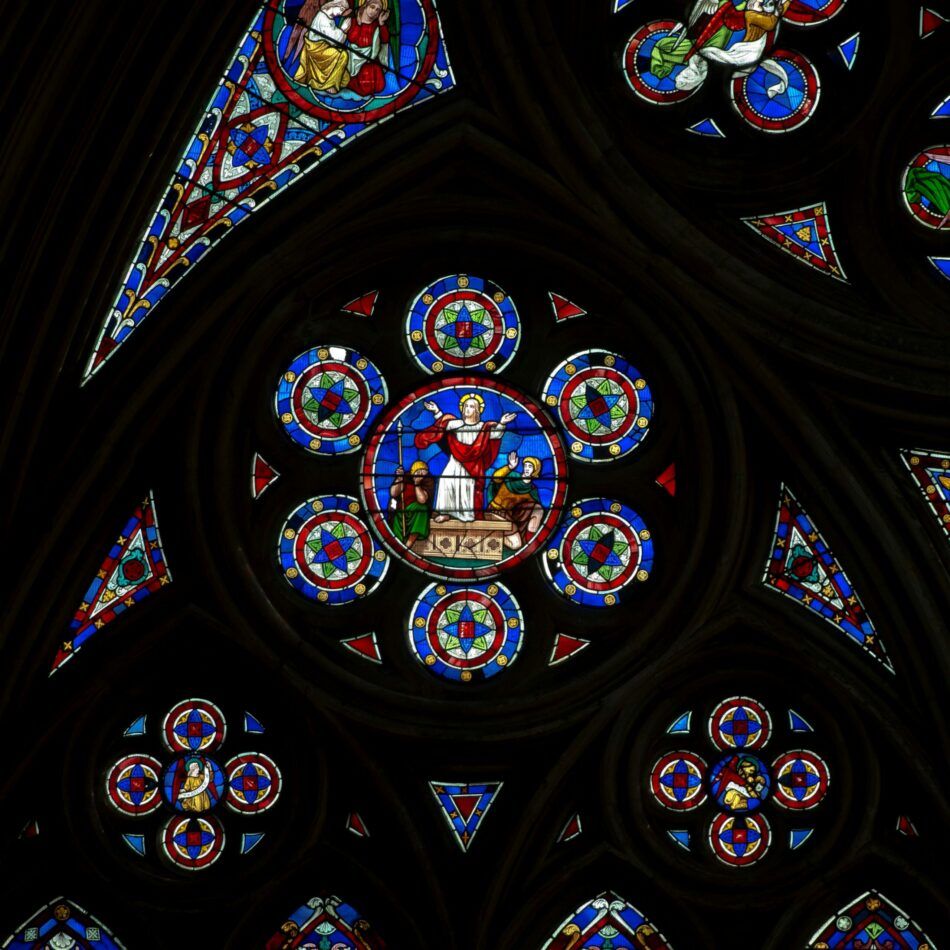
Anne Askew
Anne Askew was born in Stallingborough and brought up in South Kelsey. Anne can be described as a religious revolutionary, a writer, poet, and preacher. Most famously she is only one of two women known to have been tortured in the Tower of London and burnt at the stake.
Anne read the Bible illegally in Lincoln Cathedral. In London, caught up in political conspiracy against Queen Katherine Parr, she was tortured and burnt. In prison, she wrote about her interrogations. The manuscript was smuggled out to be published by John Bale. A copy of the 1st edition is held in the Wren Library, Lincoln Cathedral.
